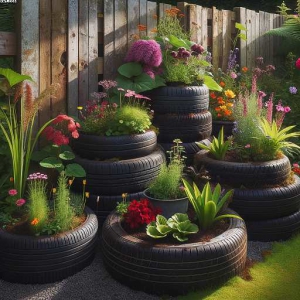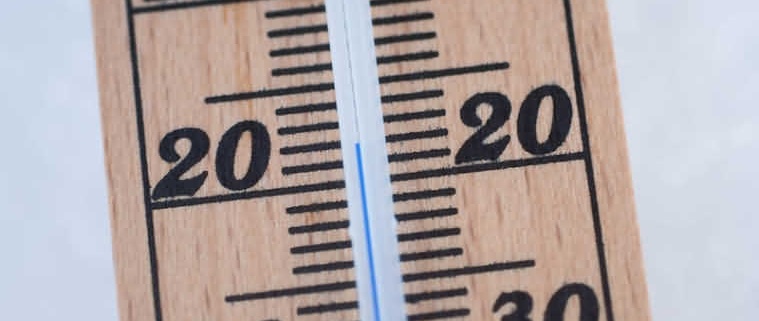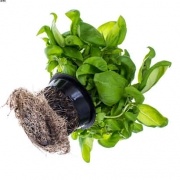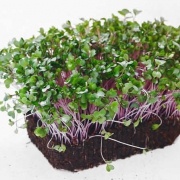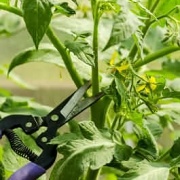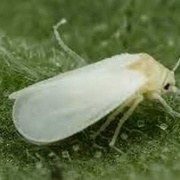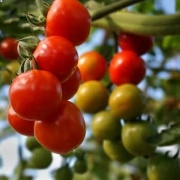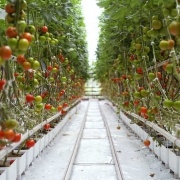Hydroponics Winter Basics
Hydroponics Winter Basics
Hydroponics Winter Basics
Winter is now upon us in the northern hemisphere. Here in West Yorkshire, we have already experienced several frosts and a snowstorm. thus making it impossible to do any outdoor gardening.
Most plants that are hardy have already closed down for their winter break. The deciduous trees have lost their leaves, and only the conifers still have green leaves. In my case, my lemons and other citrus fruit are sitting happily in their cosy greenhouse, together with LED lighting to lengthen our dark winter days.
So, indoor hydroponic growers can experience temperature fluctuations during very cold spells of weather. Roots are very intolerant of temperature changes. Changes in growth can make significant changes to the growth rate if the temperature is allowed to drop below 19 °C. So at this temperature, the plant’s root zone could easily be damaged. The growth begins to slow, and the outside of the root can be damaged.
Even plants in the right zone can be harmed by the cold.
Why do plants suffer from cold
The causes of this are numerous and depend on the location, soil, length of the cold, and other elements. Depending on the type of plant and the aforementioned criteria, different plants respond differently to cold. The USDA’s recommendations for plant hardiness are simply that—recommendations.
A plant’s real hardiness will vary depending on its microclimate, exposure, water and nutrient uptake, and general health. There are several reasons why cold might harm plants, but we’ll focus on the most obvious ones.
A plant’s health and hardiness are impacted by every circumstance that it encounters.
Plants that aren’t getting enough water may droop and even die. Negative plant health can also result from too many or too little nutrients. In a similar manner, meteorological conditions can harm a plant’s vitality. Plants are damaged by the freezing of their cells, which also obstructs the movement of water and nutrients.
Many experts believe that the ideal root temperature is between 20 and 21 degrees Celsius. So, to enable the plants to absorb nutrients correctly, Providing a nutrient solution that is strong enough to stimulate new growth is important for the development of a healthy plant. Keeping good oxygen levels and content is imperative for good results.
Concrete floors can be a problem
When writing this blog,
I was thinking primarily about temperature variations in a building with concrete floors. We all know about the cold feeling we get when we walk inside a building with a concrete floor. Particularly in the winter. So, if plants are grown under these conditions, then there is likely to be a large temperature variation. This could be overlooked when starting out your growing season in the spring.
Even a small garage used for growing will suffer variations in temperature in the winter. As a result, many growers use some type of rubber mat to help insulate their precious crop. Personally, I would raise the plants off the floor to prevent them from getting “cold feet” and ruining the crop at a later stage.
Cold can also affect the temperature of the water tank used to mix and provide the nutrients. Growing rooms must be well insulated so the air temperature does not change significantly in a cold spell. As I previously stated, the 19th century standard should not be compromised. Your plants will be open to attacks from many pests and diseases. The weaker your hydroponics plant is, the more likely it is to have been attacked.
Of course, all this will lead to a poor crop and disappointment. So prepare for winter by making your plants as cosy as possible to avoid disappointment and a poor harvest. Heaters are the answer!
- Phoenix Cactus Haven Visit
- Cacti From Seeds
- Rediscovering My Passion for Cacti Growing
- Cacti My New Interest
- Decking Renewal Wedding Gift
.
